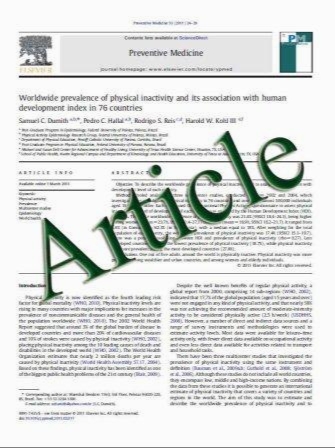Resuscitation and monitoring in gastrointestinal bleeding
- نوع فایل : کتاب
- زبان : انگلیسی
- مؤلف : Yusuf Alper K.l.cپC . Ali Konan . Volkan Kaynarog.lu
- چاپ و سال / کشور: 2011
Description
Introduction Gastrointestinal bleeding is a common lifethreatening problem, causing significant mortality, costs and resource allocation. Its management requires a dynamic multidisciplinary approach that directs diagnostic and therapeutic priorities appropriately. Materials and methods Articles published within the past 15 years, related to gastrointestinal bleeding, were reviewed through MEDLINE search, in addition to current guidelines and standards. Results Decisions of ICU admission and blood transfusion must be individualized based on the extent of bleeding, hemodynamic profile and comorbidities of the patient and the risk of rebleeding. A secure airway may be required to optimize oxygenation and to prevent aspiration. Doses of induction agents must be reduced due to the changes in volume of distribution. Volume replacement is the cornerstone of resuscitation in profuse bleeding, but nontargeted aggressive fluid resuscitation must be avoided to allow clot formation and to prevent increased bleeding. Decision to give blood transfusion must be based on physiologic triggers rather than a fixed level of hemoglobin. Coagulopathy must be corrected and hypothermia avoided. Need for massive transfusion must be recognized as early as possible, and a 1:1:1 ratio of packed red blood cells, fresh frozen plasma and platelets is recommended to prevent dilutional coagulopathy. Tromboelastography can be used to direct hemostatic resuscitation. Transfusion related lung injury (TRALI) is a significant problem with a mortality rate approaching 40%. Prevention of TRALI is important in patients with gastrointestinal bleeding, especially among patients having end-stage liver disease. Preventive strategies include prestorage leukoreduction, use of male-only or never-pregnant donors and avoidance of long storage times. Management of gastrointestinal bleeding requires delicately tailoring resuscitation to patient needs to avoid nonspecific aggressive resuscitation. ‘‘Functional hemodynamic monitoring’’ requires recognition of indications and limitations of hemodynamic measurements. Dynamic indices like systolic pressure variation are more reliable predictors of volume responsiveness. Noninvasive methods of hemodynamic monitoring and cardiac output measurement need further verification in patients with gastrointestinal bleeding. Conclusions Management of gastrointestinal bleeding requires a dynamic multidisciplinary approach. The mentioned advances in management of hemorrhagic shock must be considered in resuscitation and monitoring of patients with GI bleeding.
Eur J Trauma Emerg Surg (2011) 37:329–337 DOI 10.1007/s00068-011-0113-6 Received: 13 April 2011 / Accepted: 17 April 2011 / Published online: 17 May 2011


